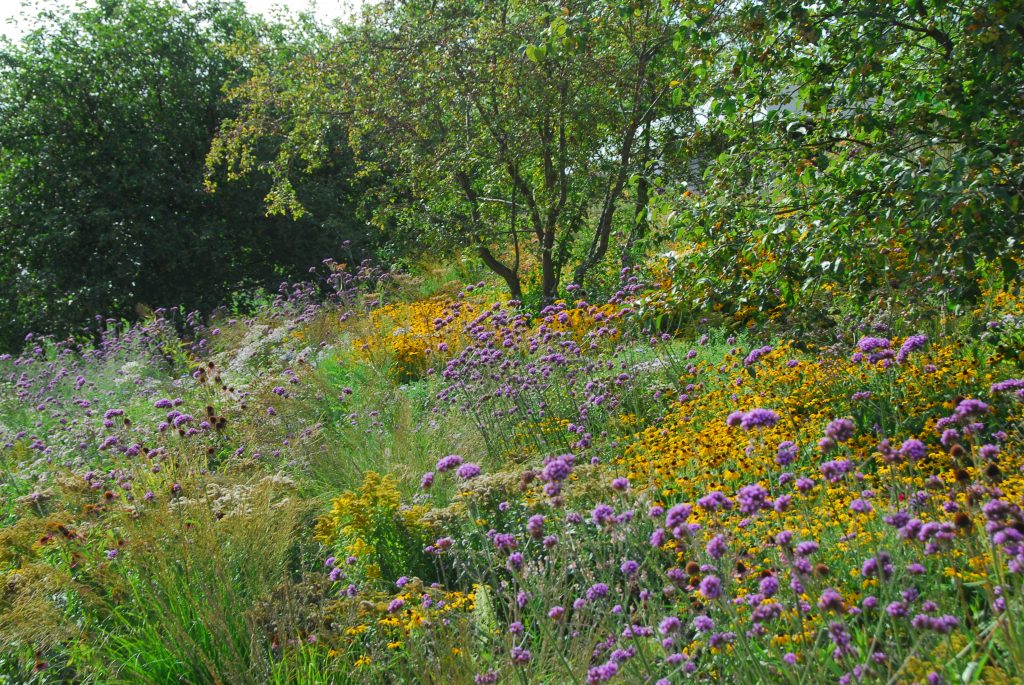Nigel Dunnett encourages us to compose a planting where only up to three different plants are performing at any one time. (Naturalistic Planting Design, the essential guide.)
Is anyone applying this rule in their planting? If so, how is it going? What combinations are working well?
Applying the P3 rule

Discussion
Leave a Comment
You must be logged in to post a comment.
I don’t know anyone working by this rule in Australia, Annette. I loved reading it (first on Nigel Dunnett’s instagram feed, and then in his excellent book), as I found it really liberating to realise that three things in flower at any one time is sufficient to give the feeling of a lot going on (provided that those three species are used repeatedly throughout the planting). Knowing that makes me consider that there’s times of year when I need more things happening, and others (like right now, just before Christmas, when my Steppe garden reads like a veritable floral orgy) when I definitely don’t need to add any further flowers. That’s a little annoying, as I’ve since found a couple of things I’d love to add to the picture now, but know that the space they take up is probably better filled with things that flower at other times of year.
We added the pic to your question as it is of a planting by Nigel Dunnett (along with James Hitchmough and Sarah Price), and it kind of illustrates the point. It’s probably something of a cheat-pic as it shows this planting as its most floriferous in terms of sheer flower-volume (when the key species, covering large areas, are in heavy bloom). It may have been more convincing of the usefulness of the P3 rule to show a pic in one of the pre- or post- seasons when there’s less volume of bloom, but there’s still three different (repeated) species in flower.